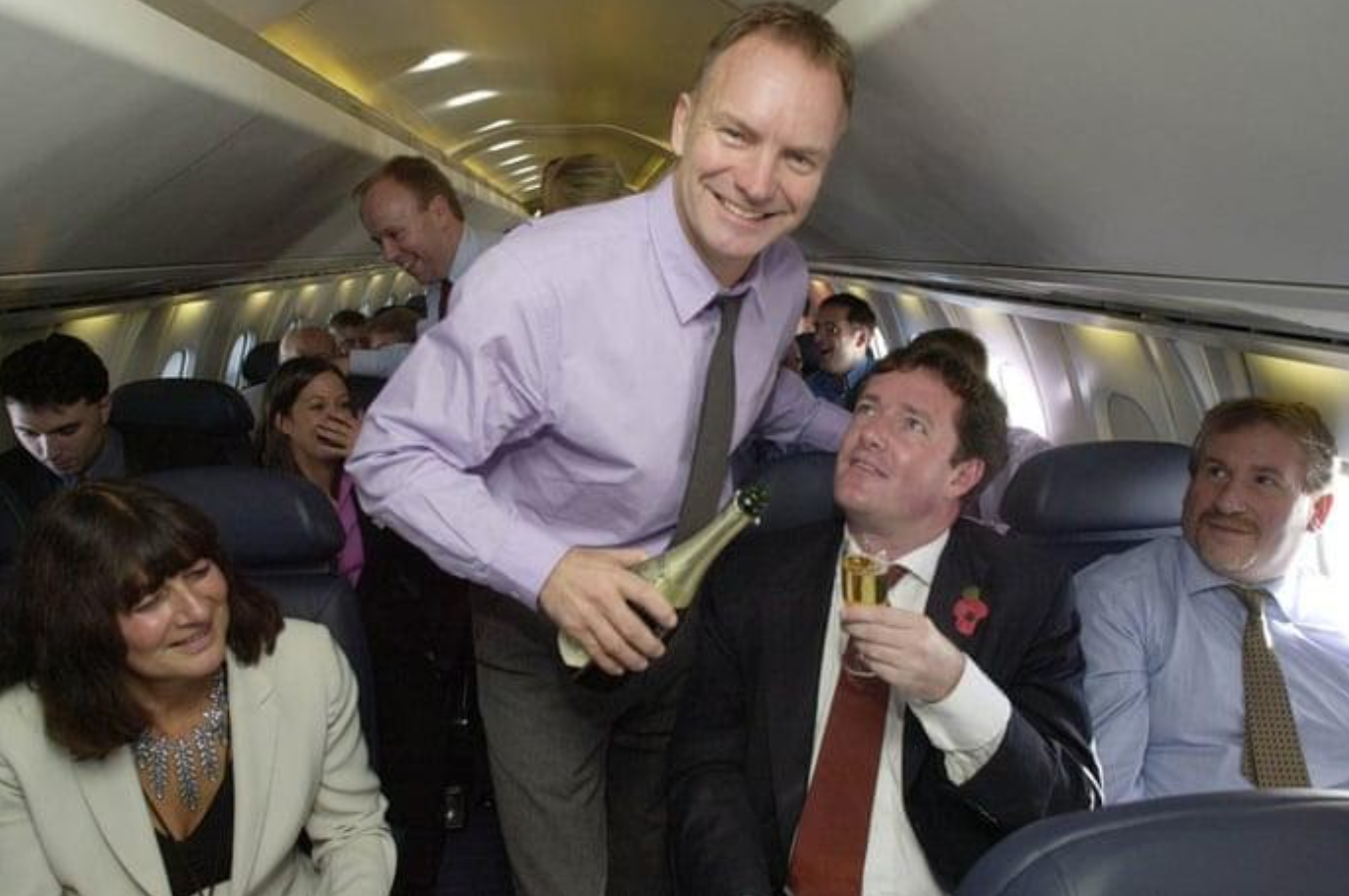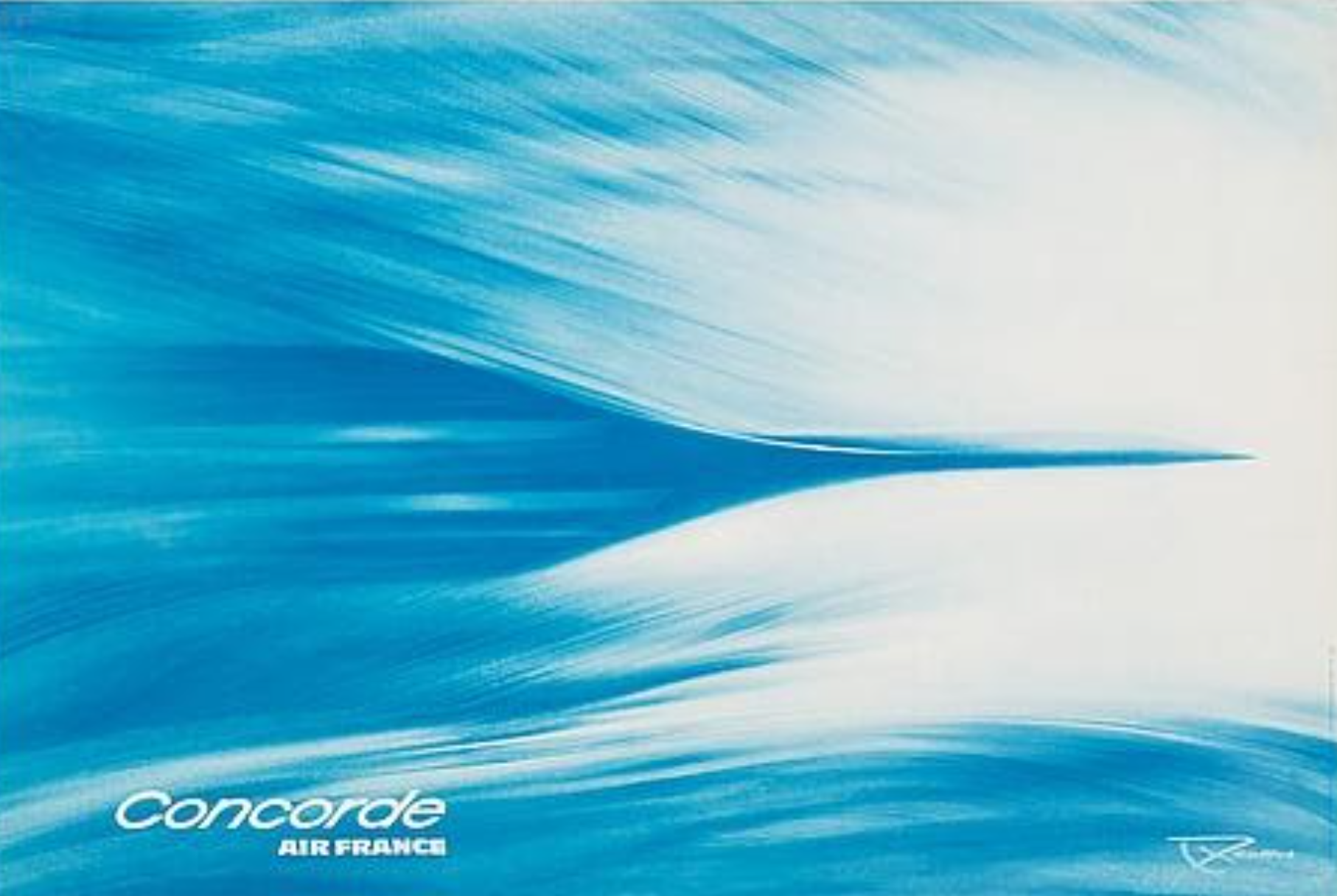
Portfolio – Maximilian

Maximilian Vermilye is a Photography alum who specialized in editing mirrored images.


Maximilian Vermilye is a Photography alum who specialized in editing mirrored images.

Dune has for years been called an “unfilmable” story due to its complexity and the depth required. The restrictions of only a few hours of screen time has taken its toll on many directors who have tried in the past. At first there was David Lynch’s 1984 attempt to put the whole book in one film. That fell flat with its bloat and incoherent plot. Then there was a multi part TV special in the 2000’s, which gave it depth but lacked the budget to truly make the world alive.
That leads us to today.
Denis Villeneuve (of Arrival and Blade Runner 2049 fame) has stepped into the ring. His approach split the book in two parts to make it one hell of a cinema epic that stays faithful to the source material. It’s in that second part, the faithfulness to the story, I am most glad to report Villeneuve has gone above and beyond.

Dune, to the uninitiated, was the story that has defined modern Science fiction. You don’t have to look far in the world of our most popular sci-fi films to see its impact. Alien and its title monster share a striking resemblance in form and habit to a creature in Dune. Blade Runner, with its detailed depth of a cyberpunk dystopian future, is lifted almost verbatim from the imperial ruling houses in Dune’s universe.
Even the most famous movie spoiler of all time, “Luke I am your father,” was a story beat taken directly from Dune. With the gravity of what Dune’s legacy has inspired, the story of bringing this to the silver screen properly has been a fraught with challenges and adversity.
With so much pressure on Denis Villeneuve I can say that he has, in his efforts, put his heart in the right place. The film is a cinematic masterpiece with sweeping landscapes and epic wide shots that demand every inch of screen real estate in your cinema. Its striking in its beauty and the world it builds is a character unto itself. This character is by far the biggest star in the movie. For better or for worse.
The actors in this movie were cast brilliantly. Timothée Chalamet is captivating as Paul, a young man thrown into a house of cards with powers he didn’t ask for and visions that slowly chill his soul through the progression of the film. Oscar Isaac as the Lord Duke Leto plays the compassionate but firm ruler, to a fault. And Stellan Skarsgård plays the unsettlingly disturbing Baron Harkonnen with his brief but memorable appearances. All of these actors played the part perfectly.

This is where I have my biggest critique of the film. Even with the captivating slow burn moments given to each character, I am left wanting more. More development and more time with them before your camera view gets pulled back out and the world takes over again. The world is greedy with its time in the spotlight.
It’s in this sense I feel Denis Villeneuve has put too much weight on making the audience fall in love with the unique universe as much as he has. But then again, I feel it was intentional. This movie is the first half of a two-part epic, and it doesn’t wrap up as neatly in the end as I would have hoped. With our scene set and our protagonist ready to come into his own, it stops, clearly leaving that extra development and a climatic finale for the second half, which I am left in great anticipation for. I think back to movies like Harry Potter and the Deathly Hallows Part 1 which on its own is an ok movie, however, when watched back to back with Part 2 it becomes a far more fleshed out and enjoyable experience.
For those of us who have read and know what is to come, we could not be more excited. For those just being introduced to this world with this movie, I pray the world is captivating enough to bring them back around for another go.
This movie is by far the best version of the legendarily difficult-to-adapt book. Great things are here in this film, and if this makes enough money even greater things lie ahead. I just hope its magic can get enough folks to come see it and have producers greenlight it’s finale it has rightfully earned.
4.5/5 stars

When you think of the jet age, the rich flying in wonderful cosy seats, glamourous fashion, traveling to new destinations with bright smiling posters all around. This was an age when the world truly started to open up. The plane that opened up the jet age without a doubt has to be Boeing’s 707. But if I had to choose an aircraft that was the queen of this lifestyle, a definition of the Jet age at its best?
That honour goes to Concorde.


Few aircraft have been able to capture the Imagination of the public like Concorde. An aircraft associated with the rich, the famous, and nobility. To fly on Concorde was an experience, not just another day of travel. Concorde meant one could have breakfast in London, lunch in New York and dinner in Paris. It was technology and art that came together to create a masterclass, no, its own class of lifestyle.
Created in 1965 as a joint venture between the British and the French aerospace giants BAC and Sud Aviation (later known as BAE and Airbus respectively). Aircraft had moved from propellers to jets; supersonic seemed like the next logical step. Airlines were falling over themselves to get in orders ahead of others to get into the race for supersonic dominance.
The Concorde first flew on March 2nd, 1969 to an awe inspired crowd in Toulouse France. It would make its first commercial flight on January 21st, 1976.
It was incredible the collaboration between the British and French aviation giants that before had been bitter rivals. However with the threat looming of the American aircraft manufacturers building their own supersonic aircraft backed by the promise of nearly 10 billion dollars of government funding was enough for the British and French engineers to put aside their national differences to unify and create the winner in the supersonic market.


Concorde was an aircraft ahead of its time with the most advanced supersonic engines ever put on an airplane. A famous example of just how far ahead it was from the rest of the competition was a story where Concorde on one of its first flights across the Atlantic with British Airways was met up by an RAF Tornado fighter patrol. The fighter pilot challenged Concorde to a race to see who could get to New York first. Concorde accelerated to Mach 2 (twice the speed of sound) and the Tornado pilot did the same. After only 20 minutes the fighter pilot messaged Concorde saying they could not sustain this speed for long without using up their entire fuel reserves. The Concorde pilot replied that they would be maintaining this cruise speed for another 2 1/2 hours en route while he casually on the microphone sipped champagne.
Concorde was in essence the limit of physics, wrapped in gorgeous art with a lifestyle on board of the bon vivant at their peak.
Unfortunately, Concorde did not last, and that was for three main reasons.
The first was the cost of fuel; flying supersonic is incredibly expensive and the fuel burned on a single flight was near that of a Jumbo jet, an aircraft far larger than it. The second concern was damage to the ozone layer as the aircraft was flying at the edge of the troposphere. Environmental groups were very insistent that the aircraft would add to the publicly known hole in the ozone layer.
And lastly, tragically, the two hit combo of the only Concorde crash in 2000 when an Air France Concorde struck a loose part of metal on the runway dropped from a Continental DC-10 that had taken off just before it and exploded its tyres igniting the fuel tank in the wing with the rupture and crashing shortly after killing all on board. Not long after was 9/11 in which aircraft were grounded and many airlines went under struggling to survive. And two years later in 2003, it was finally, heartbreakingly retired from service.
Nearly 20 years after its retirement, the talk of supersonic aircraft for the public is finally returning to aviation leaders. Though likely just in the private jet market for the foreseeable future. Yet, when one looks at the numbers these future jets are putting out, even these aircraft will only be able to cruise at Mach 1.5, and carry at most 15 people. Concorde, lambasted for all its gas guzzling, still to this day has yet to beat in fuel burned per passenger by any modern supersonic aircraft. An aircraft capable of flying over Mach 2 while carrying 128 passengers (and 15 crew). It took an ideal we thought 50 years ago to be impossible, and to not only do it, but to it with style – enjoy some of the greatest comforts with fine food, fine wine, and fantastic cigars on board (when that was still legal on commercial aircraft).
When people talk about the glamour of the jet age of the ’60s with flying high 707s, Concorde will always remain in my heart the peak of that glamour and high-flying life.
Here’s hoping the future will bring some more Speedbirds with tickets to fly to far-off destinations with my name on it.

